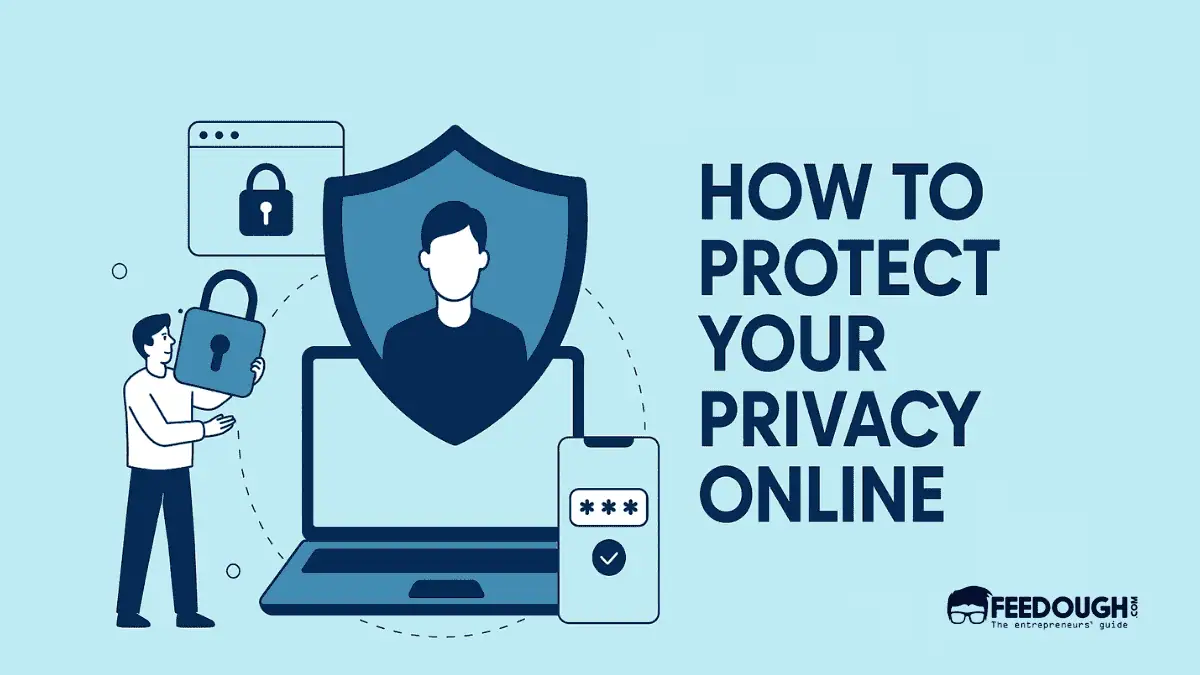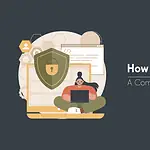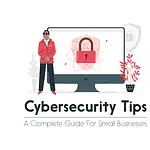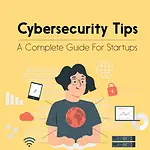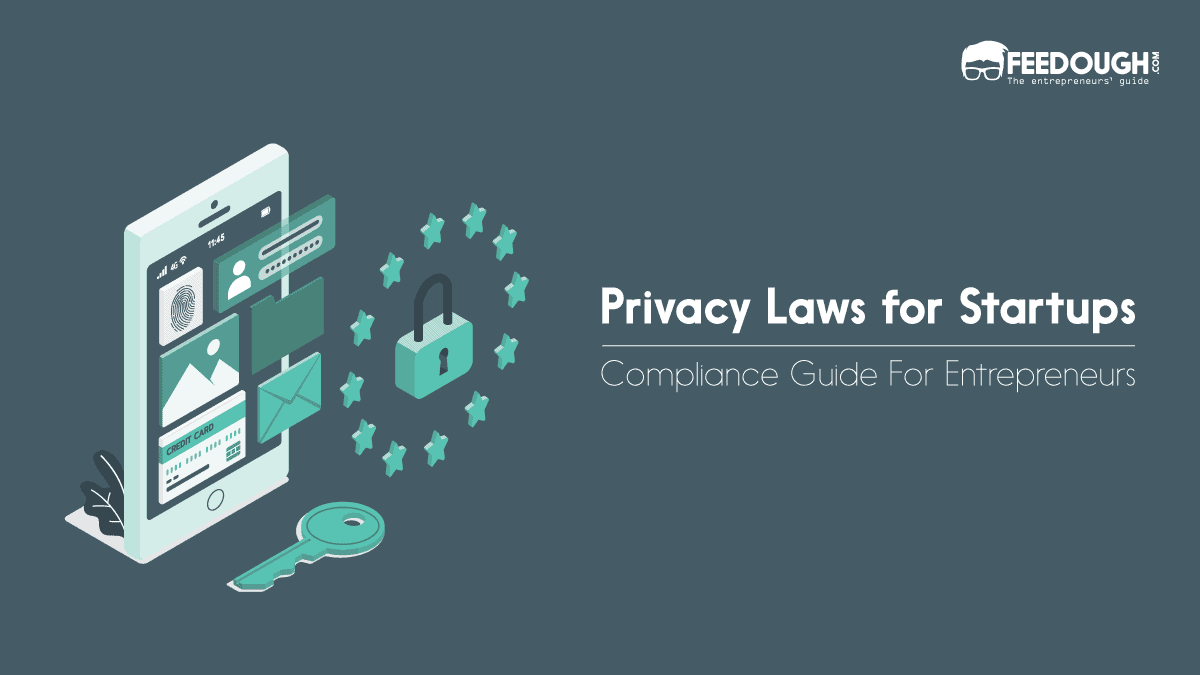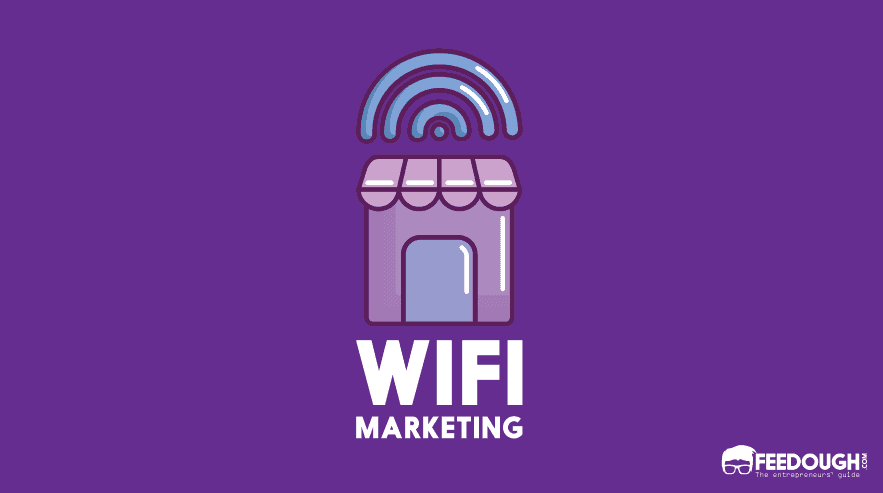You check your email, scroll through social media, shop online, and pay bills online almost every day. Each click leaves a digital footprint that someone, somewhere, might be collecting, selling, or stealing.
Over 165 million individuals were affected by data breaches in just the first half of 2025 alone, with 1,732 separate incidents reported. That’s roughly one in every two Americans who had their personal information compromised in six months.
The threats aren’t slowing down either. Phishing attacks now target your email and payment services with surgical precision, while new attack methods like malicious QR codes are popping up everywhere from restaurant menus to parking meters.
Here’s the thing though, you don’t need to become a cybersecurity expert to protect yourself. This guide walks you through practical steps that actually work, ones you can implement today.
Why Online Privacy Matters?
Here’s what happens when your privacy gets compromised: you spend days changing every password, calling your bank about fraud charges, and explaining to friends why your email account is sending them suspicious links. That’s the mild version.
The real cost hits harder. Phishing attacks alone cause $17,700 in losses per minute globally. You’re not just talking about the money either – identity theft can take months to resolve and leave you questioning every financial transaction for years.
What makes this worse now? The sheer volume and sophistication of attacks. About 3.4 billion phishing emails get sent every single day – that’s roughly 40,000 per second. But volume isn’t the scariest part.
The scary part is how convincing these attacks have become. AI is making scams incredibly sophisticated, creating fake voices that sound like your boss, emails that perfectly mimic your bank’s writing style, and websites that look identical to the real thing.
Today’s scammers use AI to study your social media, create personalised messages using your actual interests, and time their attacks when you’re most likely to be distracted.
You might think you’re too smart to fall for it. But these aren’t targeting gullible people anymore – they’re targeting busy people who get hundreds of emails and notifications daily.
Common Threats to Your Online Privacy
Our online actions leave traces whether we notice them or not. Those traces get collected, analysed, and stored, and that changes what “private” actually means online. Here are the key ways your information can be exposed.
Data Breaches and Corporate Surveillance
Every time you shop online, use social media, or sign up for a service, companies collect your personal information. They track your browsing habits, purchase history, location data, and even the time you spend looking at certain products. This data gets stored in massive databases alongside millions of other users’ information.
Here’s where things get risky. Companies don’t just keep this data locked away – they often share it with third parties, use it for targeted advertising, or store it in ways that make it vulnerable to attacks. When hackers target these databases, your personal information becomes their prize.
Research shows that 68% of data breaches involve human error – someone clicks the wrong link, uses a weak password, or accidentally exposes sensitive information. It’s not always sophisticated cyber criminals. Sometimes it’s just a mistake that puts your data at risk.
The holiday season makes things even worse. Fake online stores increased by 110% during the 2025 holiday season, tricking people into entering their payment details on fraudulent websites. These scammers specifically target busy shoppers who might not notice subtle red flags.
Public Wi-Fi and Network Vulnerabilities
Public Wi-Fi networks are basically digital highways where everyone’s traffic flows together. The problem? Most of these networks skip basic security measures to make connecting easier. That means your data travels in plain text that anyone with basic tools can intercept.
Cybercriminals set up fake hotspots with names similar to legitimate ones. You accidentally connect to the wrong one, and suddenly they’re watching everything you do online.
Even on legitimate networks, criminals use packet sniffing tools to capture data flowing between your device and the router. Your passwords, credit card numbers, personal messages – it all becomes visible to anyone monitoring the network.
The scariest part? You won’t know it’s happening. While you’re browsing normally, someone could be collecting your login credentials for later use.
If you must connect to public Wi-Fi, make sure you use a VPN to keep your data encrypted. Also stick to HTTPS websites whenever possible, and avoid accessing sensitive accounts like banking or shopping sites.
Your safest bet is using your phone’s hotspot feature instead of public networks when you need internet access on other devices.
Phishing and Social Engineering Attacks
You’ve probably gotten that email from your “bank” asking you to verify your account details. Or maybe your “boss” urgently requesting a wire transfer while they’re supposedly in a meeting. That’s phishing – criminals pretending to be someone trustworthy to steal your information or money.
Here’s what makes this scary: 3.4 billion phishing emails get sent every single day, and 36% of all data breaches start with phishing.
AI is making scams so sophisticated that they now include deepfake audio and video calls that look and sound exactly like people you know.
Even security-conscious people fall for these attacks because they’re no longer generic mass emails. They’re personalised, timely, and often create a false sense of urgency that bypasses your usual caution. When your “bank” knows your recent transaction amounts and references them in an email, your brain tends to trust it.
Social Media Oversharing and Digital Footprints
That vacation photo you posted last week? It might seem harmless, but you’ve just told the world you’re not home for a week. Add in your tagged location, the fancy restaurant check-ins, and that new car photo, and strangers now know your schedule, income level, and when your house is empty.
Here’s what people don’t realise: every post creates puzzle pieces. That gym check-in reveals your routine. Photos of your kids in school uniforms show where they go to school. Even that innocent coffee shop selfie can reveal your neighbourhood hangouts.
Criminals and companies are excellent at connecting these dots. They’ll scroll through months of your posts to build a profile of your habits, relationships, and vulnerabilities. That information gets sold, stored, and used in ways you never intended.
The thing is, your digital footprint is permanent. Even if you delete posts later, screenshots exist. Companies have already harvested the data. Background check services have captured it.
What feels like sharing happy moments with friends actually creates a detailed map of your life that follows you for years. Future employers, insurance companies, and even potential dates will see these digital breadcrumbs long after you’ve forgotten about them.
Your social media tells a story about you, whether you meant to write one or not.
Ways to Protect Your Privacy Online
Knowing the risks is useful, but actionable habits are what protect you. The good news: most effective privacy moves are simple and practical. The next parts lay out changes you can make right now to reduce risk and keep control.
Strong Password Management
Here’s the thing about that 68% human error statistic we mentioned earlier – most of those mistakes happen at the password level. You’re not just protecting an account when you create a strong password. You’re building the first line of defence against hackers who are counting on you to take shortcuts.
The old rules about passwords are actually making us less secure. Those requirements for uppercase, lowercase, numbers, and symbols? They led to predictable patterns like “Password123!” that hackers can easily crack.
The new approach focuses on length over complexity. A 15-character passphrase like “coffeemornings&sunshines#1” is exponentially harder to crack than “P@ssw0rd1” – and way easier for you to remember.
That’s where the passphrase method shines. Think of four unrelated words that paint a picture in your mind. “PurpleelephantdancingTuesday” tells a story you won’t forget, but a computer would need centuries to guess it.
The bigger danger isn’t weak passwords, though – it’s reusing them. When you use the same password across multiple accounts, one breach becomes ten breaches. That’s exactly how hackers turned single data leaks into massive personal invasions.
Password managers solve this problem by generating and storing unique passwords for every account. You only need to remember one master passphrase, and the tool handles everything else.
Start with your most critical accounts – banking, email, and social media. Create unique passphrases for each one. Your future self will thank you when the next major breach hits the headlines.
Multi-Factor Authentication (MFA)
Think of multi-factor authentication as a two-lock system for your digital accounts. Even if someone steals your password, they still can’t get in without that second key.
Here’s how it works: MFA combines something you know (your password) with something you have (like your phone). When you log into your email, for example, you enter your password, then get a code texted to your phone. No phone access? No entry.
The thing is, this simple extra step blocks over 99% of automated attacks. Hackers might have your password from a data breach, but they don’t have your phone sitting in your pocket.
You’ve got three main options for that second factor:
- Text messages are the easiest to start with. You get a code via SMS when logging in.
- Authenticator apps like Google Authenticator work even without cell service. They generate codes right on your phone.
- Hardware keys are the most secure but require buying a physical device you plug into your computer.
Start with your most critical accounts first – email, banking, and social media. These are the accounts that could unlock everything else if compromised.
Yes, MFA adds an extra 10 seconds to your login process. But consider this: recovering from identity theft takes months. That trade-off makes sense when you think about it.
Regular Software Updates and Security Patches
That “update later” button you keep clicking could be your biggest privacy vulnerability. Every piece of software on your devices has security flaws, and hackers are constantly searching for ways to exploit them.
Think of software updates like patching holes in a fence. When developers discover a security weakness, they create a patch to fix it. But if you don’t install that patch, you’re leaving the gate wide open.
The thing is, cybercriminals often target known vulnerabilities in popular software because they know many people delay updates. Your browser, operating system, and apps all need regular updates to stay secure.
Make this easier on yourself by turning on automatic updates wherever possible. Start with your operating system and browser – these are your first lines of defense. Then tackle your most-used apps.
What you’re really doing is staying one step ahead of threats. Yes, updates can be annoying when you’re trying to work, but think of them as your digital immune system getting stronger.
Building Long-Term Privacy Habits
Let’s be honest about something – you’re not going to become a privacy expert overnight, and that’s perfectly fine. What matters is building habits that become second nature over time.
Privacy protection isn’t a one-and-done task you can check off your list. It’s more like brushing your teeth – something you do regularly without thinking about it. The good news? Once these practices become routine, they won’t feel like work anymore.
Start with the basics we’ve covered: use a password manager, enable two-factor authentication on your important accounts, and keep your software updated. Pick one area to focus on this week, then gradually add others.
What you’ll find is that small, consistent actions create the strongest protection. You don’t need to become paranoid or change your entire digital life. You just need to be more intentional about the tools you use and the information you share.
The truth is, you have more control over your online privacy than you might think. Every time you choose a stronger password, think twice before sharing personal information, or update your software, you’re making it harder for others to exploit your data.
Your privacy is worth protecting, and now you have the knowledge to do it effectively. Start where you are, use what you’ve learned, and take it one step at a time.
A startup consultant, digital marketer, traveller, and philomath. Aashish has worked with over 20 startups and successfully helped them ideate, raise money, and succeed. When not working, he can be found hiking, camping, and stargazing.
